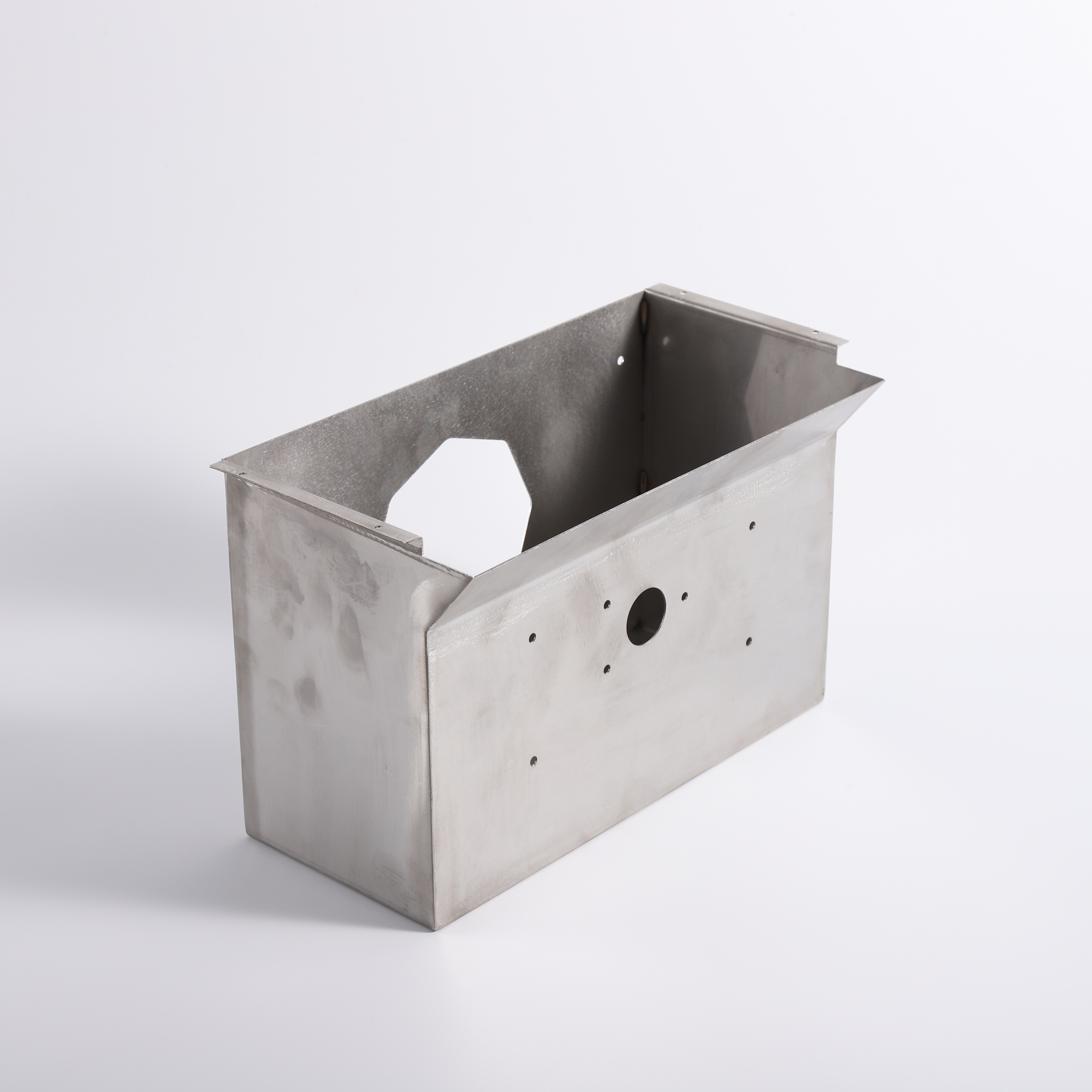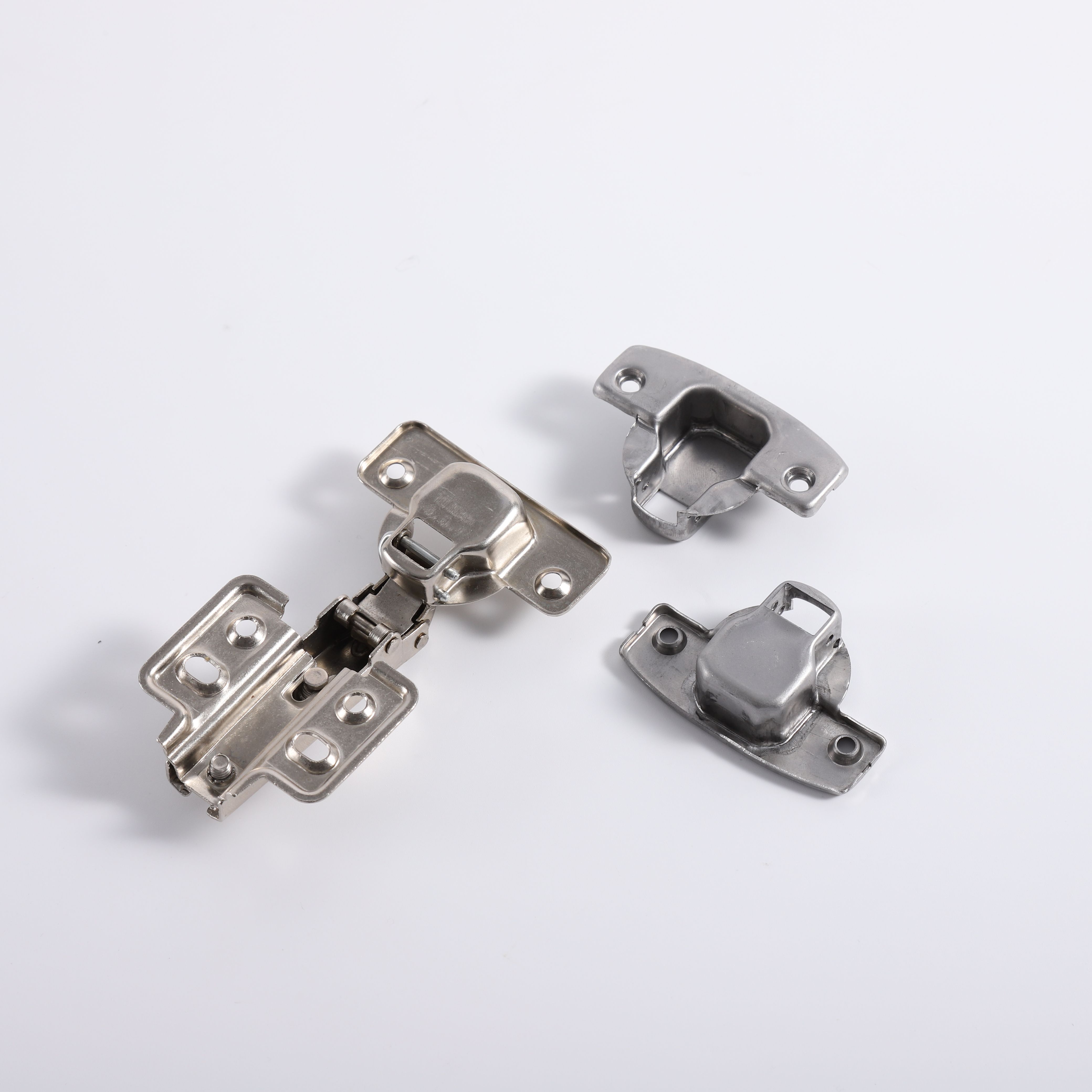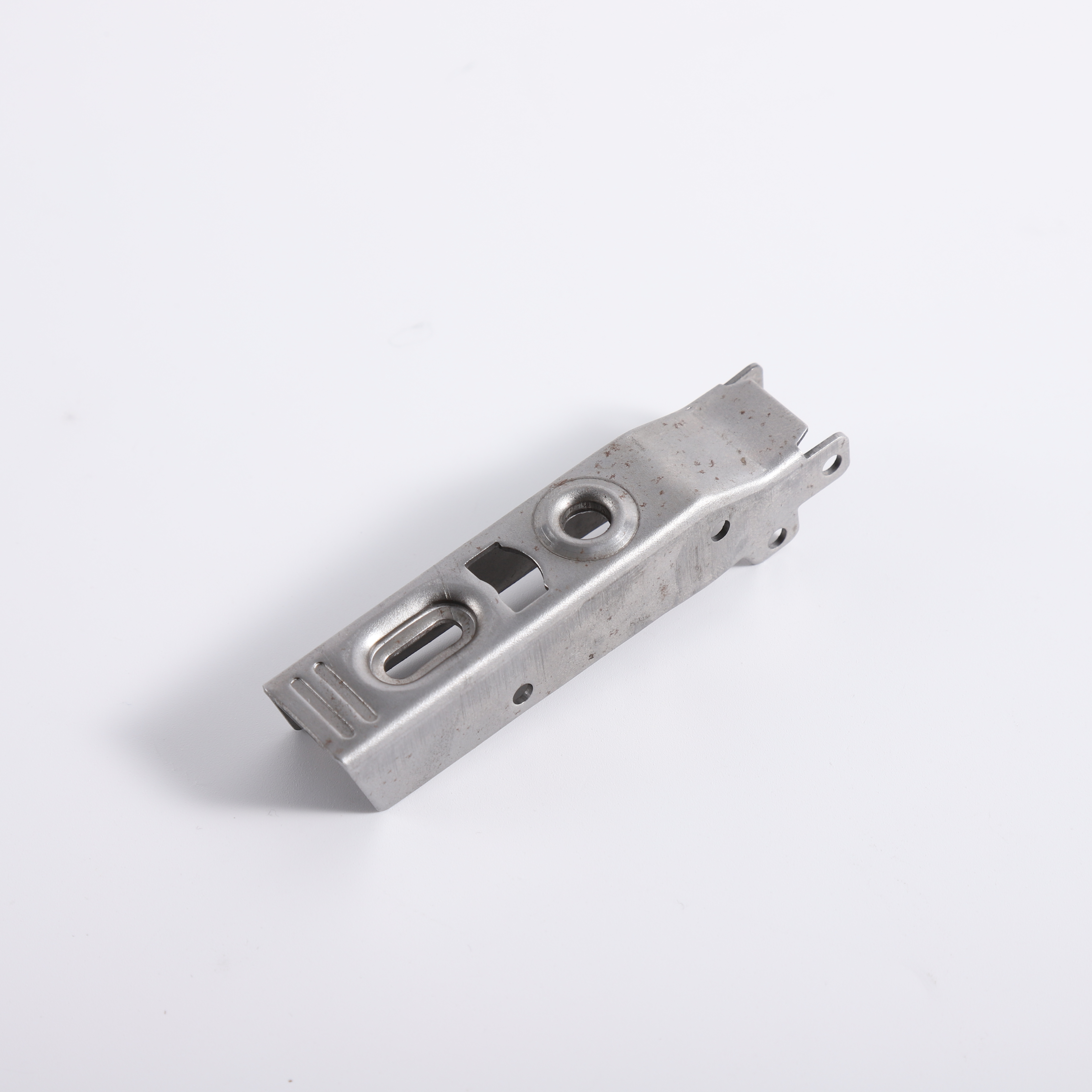How to solve sensor system failure
If the signal from each input sensor or switch indicates that the engine cooling water temperature is lower than 24C, or if the following conditions occur, such as the throttle is suddenly opened and closed or even completely closed, the atmospheric pressure is lower than 66.66kPa, the car is braking, When the car is downshifting from the fourth gear to the second gear and upshifting from the second gear to the third gear, the lockup clutch will not generate lock.
In addition, because the failure of the input device (such as a sensor or switch) will endanger the function of the electronic control system, the system will automatically switch to the failure mode control state when an input sensor or switch fails, and at this time, it will not Locking occurs when the lock is released from the table.
Similar to Chrysler's practice, when the engine's cooling water temperature rises above the specified lower limit (24°C), the throttle position sensor and the vehicle speed sensor will become the key input devices that determine whether the lock-up clutch is locked or not. At this time, the electronic control unit will make its control decision based on the two sets of throttle opening as a function of the vehicle speed curve.
If the car is traveling in third gear, the lockup clutch of the torque converter can be locked at a speed of only 43km/h when the throttle opening is small, and when the throttle opening is large, unless the driving speed is as high as 89km. /h, otherwise lock will not occur. When the car is traveling in the fourth gear, if the throttle opening is small, the speed of the lockup clutch is 56km/h; and when the throttle opening is large, unless the speed reaches 89km/h, the lock is locked. Will not happen. In addition, the throttle opening corresponding to the lockup of the torque converter lockup clutch in the third gear state is greater than 8% and less than 59% from the auto-idle position: in the fourth gear state, The throttle opening is changed to more than 5% and less than 45%. There is also a lock-up hysteresis zone.
In general, the conditions required for the occurrence of the lockup are a small throttle opening and a high speed, and once it has been locked, before releasing the lock, it should be allowed to have a larger value in order to improve the drivability of the vehicle. Throttle opening and lower speeds appear.
Sheet metal forming processes are those in which force is applied to a piece of sheet metal to modify its geometry rather than remove any material. The applied force stresses the metal beyond its yield strength, causing the material to plastically deform, but not to fail. By doing so, the sheet can be bent or stretched into a variety of complex shapes. Sheet metal forming processes include the following:
l Bending
l Roll forming
l Deep Drawing
l Stretch forming
Bending
Bending is a metal forming process in which a force is applied to a piece of sheet metal, causing it to bend at an angle and form the desired shape. A bending operation causes deformation along one axis, but a sequence of several different operations can be performed to create a complex part. Bent parts can be quite small, such as a bracket, such as a large enclosure or chassis.
V bending and Wipe bending
Roll forming
Roll forming, is a metal forming process in which sheet metal is progressively shaped through a series of bending operations. The process is performed on a roll forming line. Each station has a roller, referred to as a roller die, positioned on both sides of the sheet. The shape and size of the roller die may be unique to that station, or several identical roller dies may be used in different positions. The roller dies may be above and below the sheet, along the sides, at an angle, etc. the roller dies are lubricated to reduce friction between the die and the sheet, thus reducing the tool wear. Also, lubricant can allow for a higher production rate, which will also depend on the material thickness, number of roll stations, and radius of each bend. The roll forming line can also include other Sheet Metal Fabrication operations before or after the roll forming, such as punching or shearing.
Deep drawing
Deep drawing is a metal forming process in which sheet metal is stretched into the desired part shape. A tool pushes downward on the sheet metal, forcing it into a die cavity in the shape of the desired part. The tensile forces applied to the sheet cause it to plastically deform into a cup-shaped part. Deep drawn parts are characterized by a depth equal to more than half of the diameter of the part. These parts can have a variety of cross sections with straight, tapered, or even curved walls, but cylindrical or rectangular parts are most common. Deep drawing is most effective with ductile metals, such as aluminum, brass, copper, and mild steel. Examples of parts formed with deep drawing include automotive bodies and fuel tanks, cans, cups, kitchen sinks, and pots and pans
Stretch Forming
Stretch forming is a metal forming process in which a piece of sheet metal is stretched and bent simultaneously over a die in order to form large contoured parts. Stretch forming is performed on a stretch press, in which a piece of sheet metal is securely gripped along its edges by gripping jaws. The gripping jaws are each attached to a carriage that is pulled by pneumatic or hydraulic force to stretch the sheet. The tooling used in this process is a stretch form block, called a form die, which is a solid contoured piece against which the sheet metal will be pressed. The most common stretch presses are oriented vertically, in which the form die rests on a press table that can be raised into the sheet by a hydraulic ram. As the form die is driven into the sheet, which is gripped tightly at its edges, the tensile forces increase and the sheet plastically deforms into a new shape. Horizontal stretch presses mount the form die sideways on a stationary press table, while the gripping jaws pull the sheet horizontally around the form die



Sheet Metal Forming,Sheet Metal Forming Services,Custom Sheet Metal Forming,Precision Sheet Metal Forming
Suzhou FCE precision electronics Co., LTD , https://www.fukeyifcesz.com